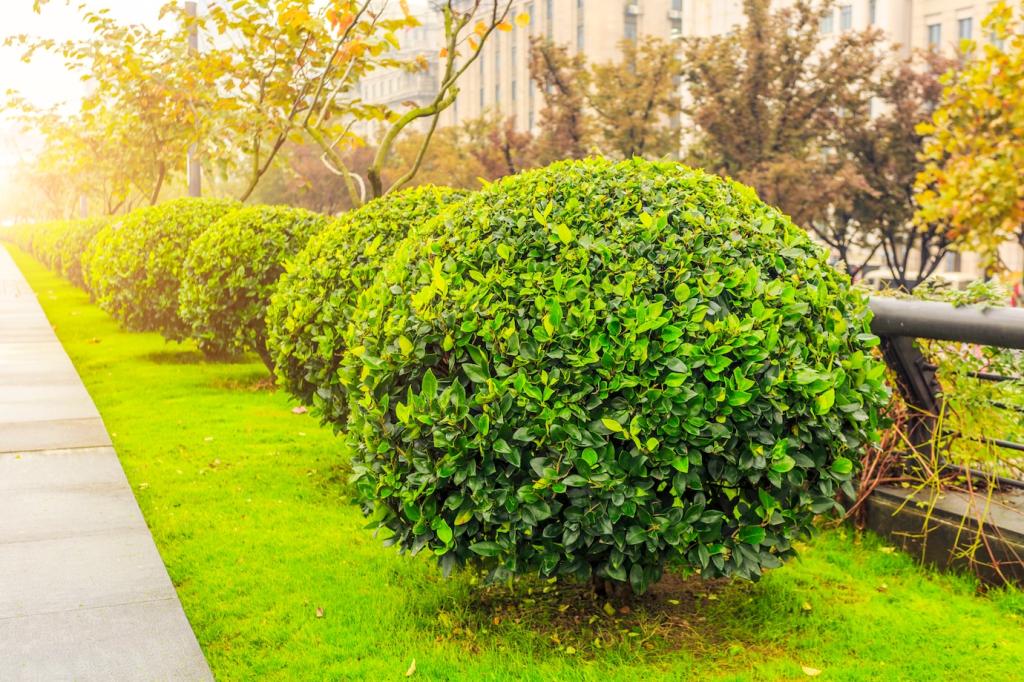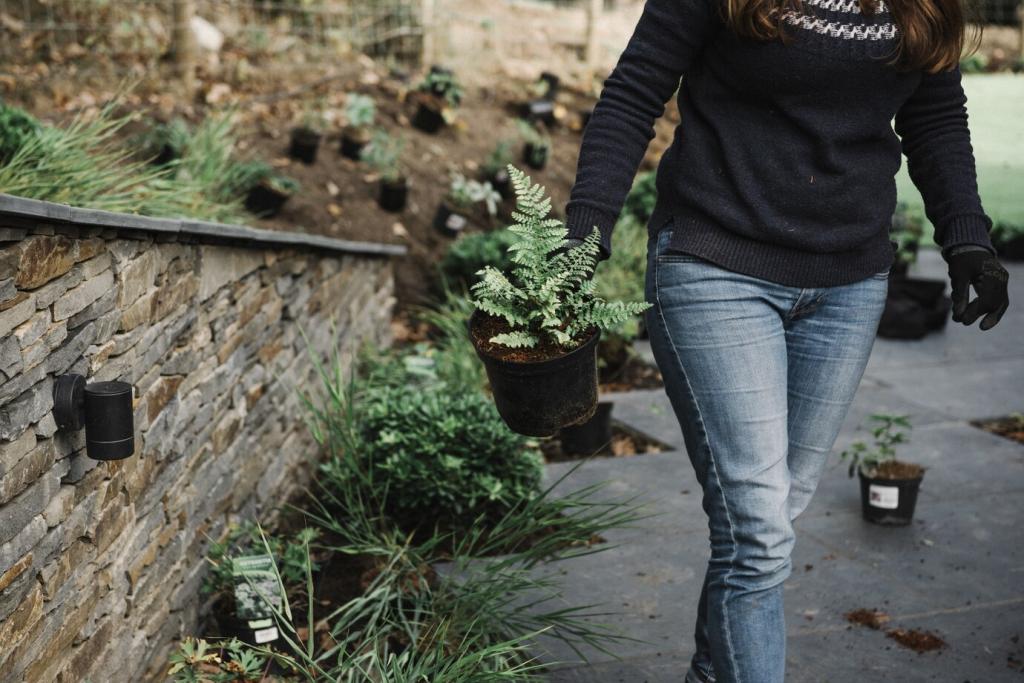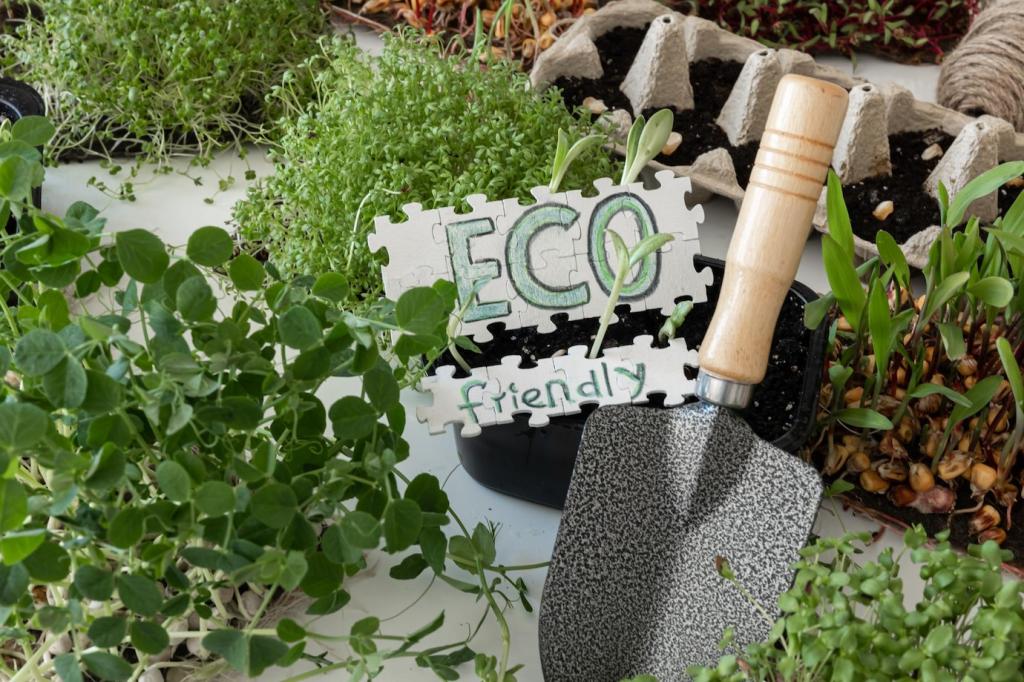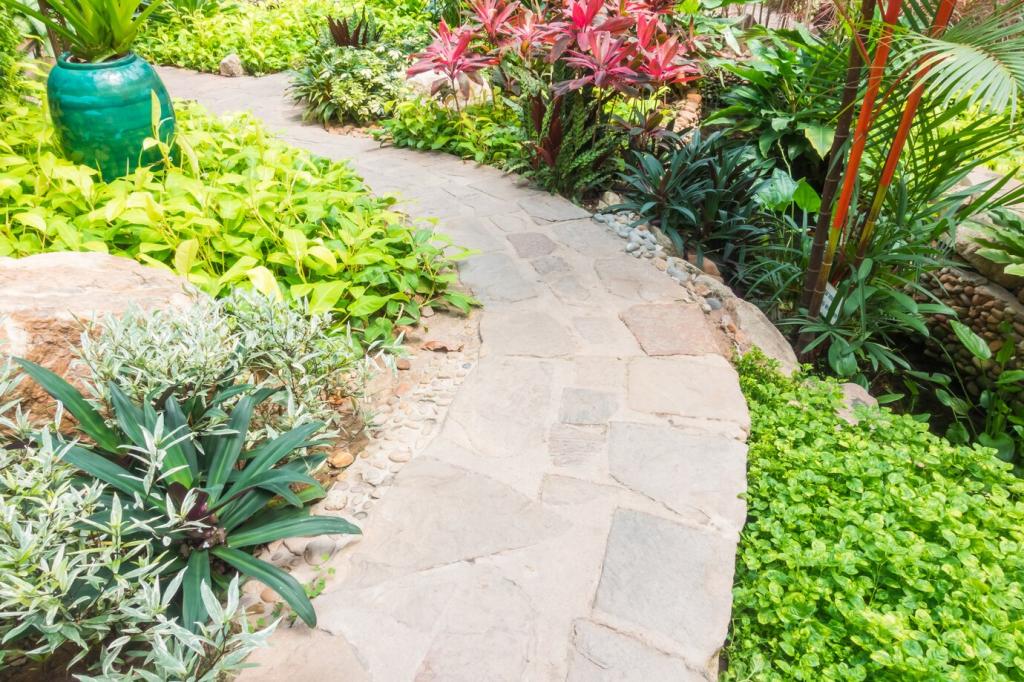Chosen theme: Water Conservation Techniques in Landscaping. Welcome to a greener, smarter garden journey where every drop matters. Discover practical ideas, heartfelt stories, and design strategies that help your landscape thrive beautifully while using dramatically less water—without sacrificing color, comfort, or joy.
Start With Hydrozoning and Site Assessment
Map Microclimates Before You Plant
Walk your site at different times of day and note heat pockets, afternoon shade, and drying winds. By grouping plants with similar thirst, you avoid wasteful blanket watering and keep every zone comfortable and efficient through the hottest months.
Use Soil Tests to Guide Smart Watering
A simple soil test reveals texture and organic matter, which determine drainage and water-holding capacity. Add compost where soils are sandy, or lighten clay with organic amendments, so roots sip slowly and steadily rather than demanding constant irrigation.
A Real-World Yard That Cut Water 40%
After dividing her sloped backyard into sun-loving and shade-tolerant zones, Carla swapped thirsty border plants for drought-hardy groups. With one click on a dedicated valve schedule per zone, her usage dropped dramatically and plants looked healthier all season.
Irrigation That Works Harder and Wastes Less
Drip irrigation reduces evaporation and runoff by delivering water right to the root zone. In many gardens, it can cut water use by 30–50%, while promoting deeper roots, fewer weeds, and steadier plant health across seasonal temperature swings.
Irrigation That Works Harder and Wastes Less
Smart controllers use local weather and evapotranspiration data to adjust runtimes automatically. They pause for rain, shorten cycles on cool days, and lengthen during heatwaves, keeping plants comfortable without the guesswork or waste of fixed schedules.




Design With Drought-Tolerant Plants
Native plants evolved for your rainfall patterns and soils, often requiring far less supplemental water once established. They invite pollinators, anchor the design, and provide a resilient framework that keeps your garden lively during long dry spells.
Design With Drought-Tolerant Plants
Replace part of a thirsty lawn with clover, Carex, buffalo grass, or a flowering meadow mix. These choices need less water, fewer mowings, and offer soft textures and blooms that attract bees, butterflies, and curious neighbors looking for ideas.
Spread two to three inches of organic mulch around beds, keeping it a few inches from stems. Mulch moderates temperature swings, suppresses weeds, and can reduce evaporation significantly, turning sporadic watering into long-lasting soil moisture.
Stop Evaporation With Mulch and Groundcovers
Even a small roof can fill a rain barrel during a single storm. Multiply barrel capacity or install a cistern to irrigate beds between rains, easing pressure on municipal supplies and your monthly water budget during dry stretches.
Capture Rain and Reuse What You Have
Shape shallow channels and plant them with moisture-tolerant species to slow, spread, and sink runoff. These features capture stormwater, filter pollutants, and reduce erosion, turning a rainy day into a meaningful refill for your soil’s reservoir.
Capture Rain and Reuse What You Have
Permeable Hardscapes and Care That Lasts
Choose permeable pavers, gravel, or open-joint stone so rain infiltrates rather than races to the gutter. Beneath, a layered base stores water that slowly returns to root zones, boosting resilience during surprise heatwaves and thirsty weeks.
Permeable Hardscapes and Care That Lasts
Trim thoughtfully to reduce leaf area in midsummer, weed consistently to eliminate moisture thieves, and water at dawn to limit evaporation. These small habits compound into measurable savings without compromising plant vigor or seasonal beauty anywhere.


